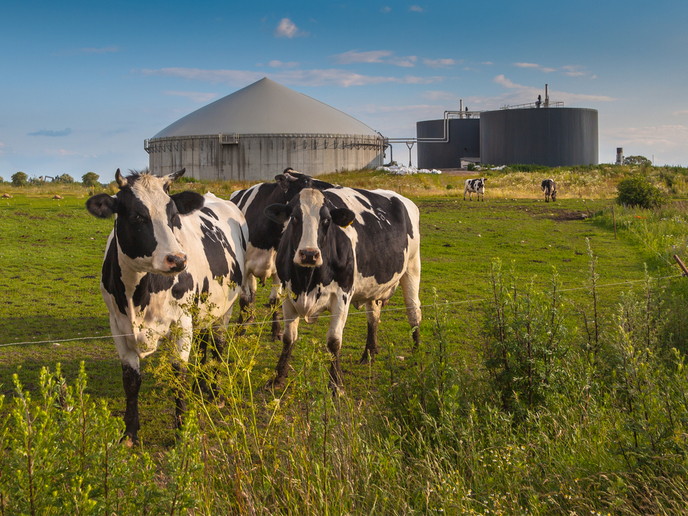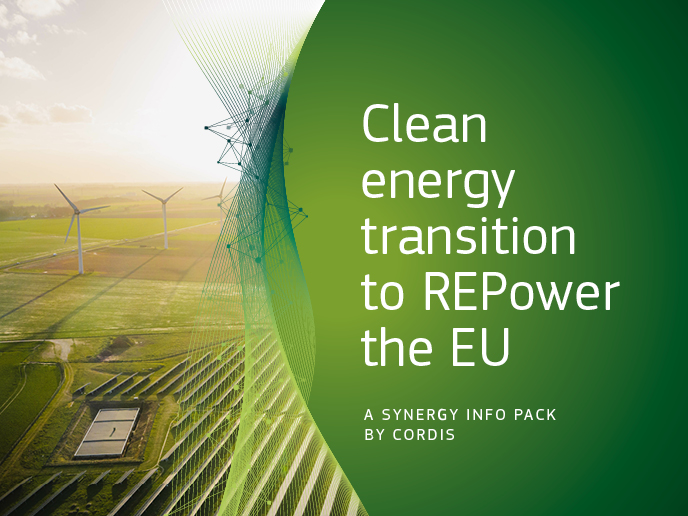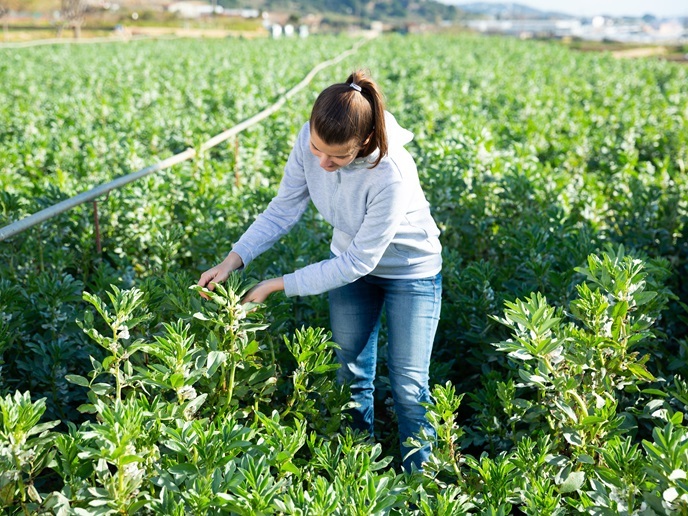Permeable membranes dramatically reduce farm ammonia emissions
Most ammonia emissions come from agriculture, in the form of a gas produced by slurry or other rotting farm waste and fertiliser, or biogas plant residue. It can combine with other pollutants in the atmosphere to create very small particles, known as PM 2.5 which can be highly harmful to the lungs when inhaled. Ammonia in water bodies is toxic to aquatic organisms. In 2015, the EU agricultural sector emitted 3 751 kilotonnes of ammonia and was responsible for 94 % of total ammonia emissions across the region. In response, the EU drew up Directive 2001/81/CE, requiring EU Member States to take measures to reduce ammonia emissions from livestock. A portable system The EU-funded AMBIENCE(opens in new window) project addressed this challenge by investigating a revolutionary approach for the effective capture of ammonia from farm and biogas plants. “The system transforms the ammonia to give ammonia sulphate, a valuable product for manufacturing fertilisers and related products,” says project coordinator Ricardo Romaguera. Researchers developed a novel highly efficient, low-cost, closed-loop system based on permeable membranes that capture 70-80 % of ammonia emissions generated from animal waste and biogas plant digestants. “AMBIENCE provides a revolutionary modular portable treatment plant, which allows farmers to not only capture but also revalorise ammonia, thereby decreasing its environmental effects, and increasing incomes by more than 10 %, while enhancing the circular economy,” Romaguera explains. The project also accelerated the uptake and international penetration of AMBIENCE by conducting a market feasibility analysis, with a particular focus on validating the target market and its size. Researchers also carried out a study of competitors, an analysis of customers and their willingness to pay, and defined the product value chain. In addition, a technical roadmap was developed for a feasible industrial scalable solution. Benefits for farmers The project will help to reduce the amount of ammonia in the air from pig and poultry installations, one of the biggest sources of the contaminant. It will also reduce ammonia from anaerobically co-digested liquid animal waste in biogas plants, which contain high levels of the gas. These benefits help livestock holdings and biogas operators optimise waste management costs, while being environmentally and economically feasible and sustainable. Furthermore, AMBIENCE can be easily deployed in the farms as it is portable and compact, allowing appropriate treatment of waste and reducing gas emissions to ensure legal compliance. The technology’s application will drastically reduce the costs of dealing with the residues, resulting in savings of around EUR 4 per cubic metre, as they can be treated ‘in-house’ and legally disposed of. AMBIENCE also permits the valorisation of animal and biogas plant residues by obtaining ammonia sulphate as a final product, which can be sold to fertiliser manufacturers as a new potential source of income. “If all the farming and stock sectors applied the AMBIENCE solution more than 65 % of ammonia worldwide emissions would be avoided,” Romaguera concludes.







